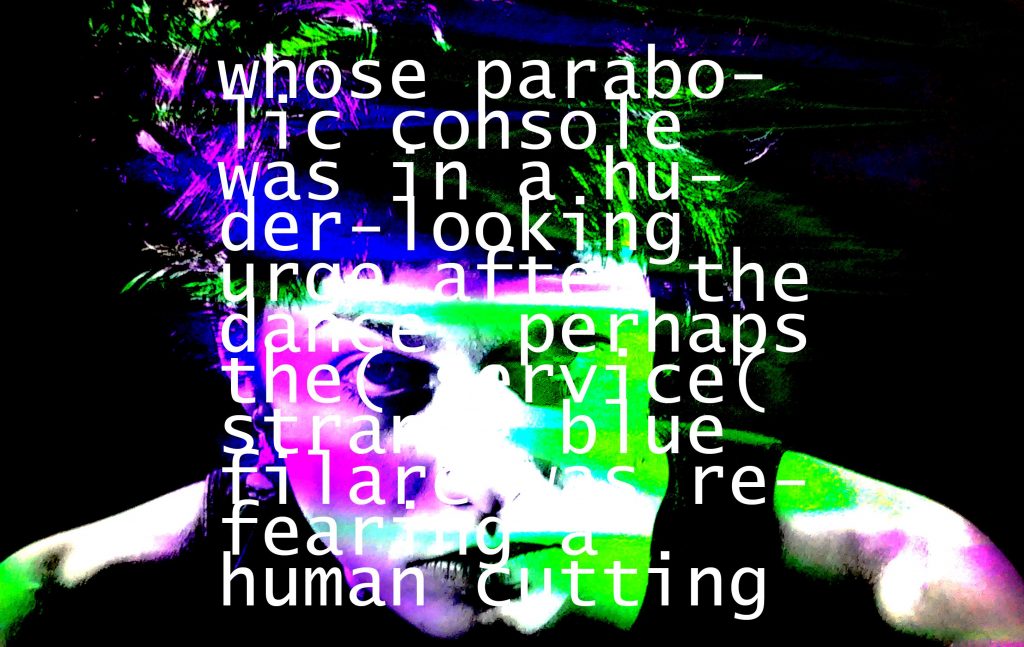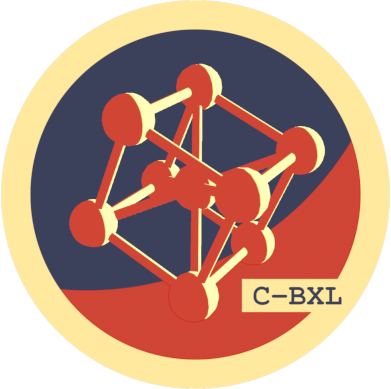
SIBYL is Artificial Intelligence that proposes new stories and generates new compositions. SIBYL is trained by techniques of composing by Pynchon, Burroughs and Xenakis. The project offers an innovative fusion between three domains: storytelling, experimental music and artificial intelligence. The project creates and tests new methods of generating music, stories and new types of audio-visual performance through interactions with autonomous AI agent. SIBYL is presented as performance and installation that uses recurrent neural networks, deep learning and analog sound-video synthesizers.
We observe the success of artificial neural networks in simulating human performance on a number of tasks: such as image recognition, natural language processing, etc. However, There are limits to stateof-the- art AI that separate it from human-like intelligence. Humans can learn a new skill without forgetting what they have already learned and they can improve their activity and gradually become better learners. Today’s AI algorithms are limited in how much previous knowledge they are able to keep through each new training phase and how much they can reuse. In practice this means that it is necessary to build and adjust new algorithms to every new particular task. This is closer to a sophisticated data processing than to real intelligence. This is why research concerning generalisation are becoming increasingly important. Processes such as intuition, emotions, planning, thinking and abstraction are a part of processes, which occur in the human brain. A generalization in AI means that system can generate new compositions or find solutions for new tasks that are not present in the training corpus. There is domain called AGI where will be possible to find solutions for this problems. Artificial general intelligence (AGI) describes research that aims to create machines capable of general intelligent action. “General” means that one AI program realizes number of different tasks and the same code can be use in many applications. We must focus on self-improvement techniques e.g. reinforcement learning and integrate it with deep learning, recurrent neural networks, probability valuation.
The project will use formal methods from computer science to create a model and AI program for the generation of new stories. The project will create a Story Database on the basis of different story archives. Different AI techniques will be tested from the perspective of their usefulness for media art. The Model will be created with the use of Recurrent Neural Networks and Deep Learning. RNN are an excellent tool for creating new stories and predictions. DL simulates the process of generalisation. In the next phase, RNN will be self-improved by Reinforcement Learning in order to simplify the patterns. I will incorporate the RL process into DL for creating a system that will have an ability to learn and self- improve.
The main objective of this project is to research and develop new forms of storytelling by developing a new dimension of artificial intelligence (AI) and machine learning which will lead to the development of new techniques in the area of storytelling, media arts and performance. The project proposes precise solutions for the understanding of story, automatic creation of stories and the creation of interactional narrative experiences. This proposal investigates the storytelling potential of human beings interacting with an AI agent in a natural language as a possible foundation for establishing the best way for humans and machines to interact overall. Communication with an AI agent, accompanied by an understanding of human activities, is an important area within the future of storytelling, creative communication and media arts. However, our knowledge about language and the nature of thinking is limited by the possibilities of implementing this knowledge in a computer programming language. Formalisation of this problem and solving the challenges related with interactive stories will encourage scholars to research this area, and in the future will allow AI systems and people to communicate in a natural way.
Robert B. Lisek is an artist, mathematician and composer who focuses on systems and processes (computational, biological, social). He is involved in the number of projects focused on radical art strategies, hacktivism and tactical media. Drawing upon conceptual art, software art and meta-media, his work intentionally defies categorization. Lisek is a pioneer of art based on Artificial Intelligence and Machine Learning. Lisek is also a composer of contemporary music, author of many projects and scores on the intersection of spectral, stochastic, concret music, musica futurista and noise.
